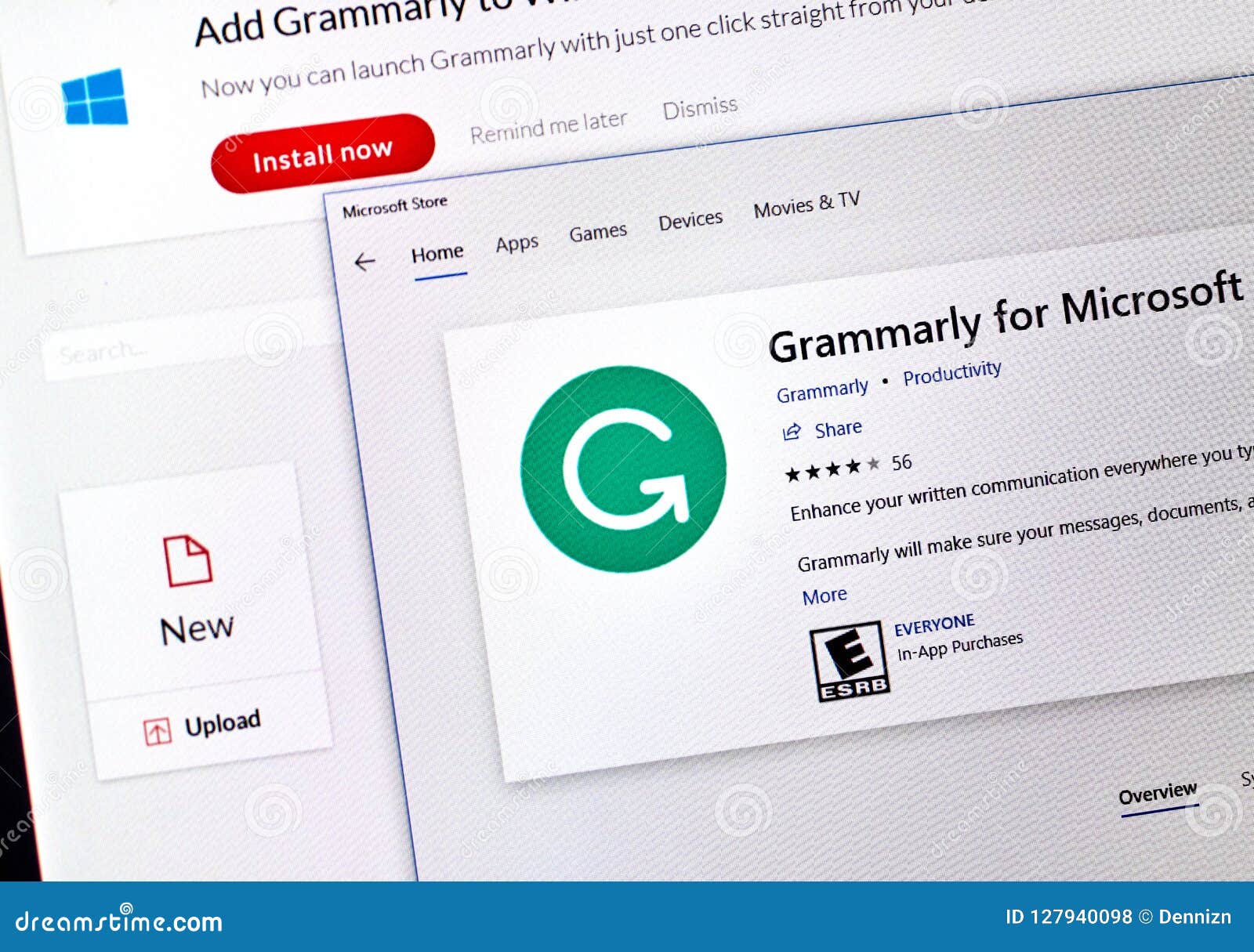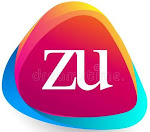13 Parameters of Quality Content Writing
Introduction
Before writing anything, a writer should keep in mind that whatever he’s writing, the content should be of high quality and engaging that people love to read and share. In order to achieve this tedious and challenging task, a content writer should keep in mind some content writing parameters and rules to create SEO-friendly content. The content writer may take help from the content writing tools to write well-researched, easy-to-understand, grammatically correct, interesting, and engaging content. So, let us discuss some different content writing parameters, rules, and tools used to improve and produce high-quality content.
Content writing
· Content writing refers to a form of online writing which is closely linked to web marketing campaigns.
· Content writing refers to the process of planning, writing, and editing web content, typically for digital marketing purposes.
· Content writing can include writing blog posts and articles, scripts for videos and podcasts as well as content for specific platforms such as tweet-storms on Twitter or text posts on Reddit.
· Content writers work according to the brief provided by a client.
· Content writing tools are basically used and effectively applied for improving academic writing, rewriting, copyediting, proofreading, review, and report making.
Importance of quality content writing
· Quality content helps to attract the right audience to your website, engage them and work towards getting the user to take action on your website.
· Quality content includes SEO title, standard page format, and plagiarism-free engaging content.
Some widely used blog/article title analysis parameters are:
SEO title
· SEO title is also called the page title.
· SEO title is the HTML title tag.
· SEO title tags are the clickable text from Google’s search results on your webpage.
· SEO title is part of the snippet (search engine results on any topic) together with at least a URL and meta descriptions.
· SEO title should accurately describe what the page/post is about and set the reader’s expectations.
· SEO title should be short and sweet and should not exceed 50-60 characters.
· SEO title should contain primary keywords.
Title readability
· Title readability refers to the ease with which a reader can understand a written text, depending on its unique features.
· The title readability encourages sellers to write clear, concise, and readable titles by using metrics like the Flesch Kincaid grade level (aiming for fourth-grade reading level).
· Title readability can be measured using metrics such as the number of syllables in a sentence or the variety of words used to calculate a ‘level’ and/or a readability score.
Title sentiment
· Title sentiment refers to the use of natural language processing, text analysis, computational linguistics, and biometrics to systematically identify, extract, quantify and study affective states and subjective information.
· Sentiment analysis focuses on the polarity of a text (positive, negative, neutral) and sometimes goes beyond polarity to detect specific feelings and emotions (angry, happy, sad, etc), urgency (urgent, not urgent), and even intentions (interested vs not interested).
Some widely used content writing formats:
(APA-style essay) content writing format
· APA stands for American Psychological Association.
· APA is the official style of the APA and is commonly used to cite sources in psychology, education, and the social sciences.
· The APA text font style should be in Times New Roman, font size should be 12 pts and your paper should be double-sized.
· In this case, the text will include the actual essay itself: the introduction, body, and conclusion.
· There should be uniform margins of at least one inch at the top, bottom, left, and right sides of your essay.
MLA content writing format
· MLA stands for Modern Language Association.
· MLA format is a style of crediting sources you use to write a paper.
· MLA style is typically used for research papers for English composition and other communication classes.
· MLA format style includes 1-inch margins on the top, bottom, and sides.
· In the case of MLA format style, the first word in every paragraph should be indented one-half inch. Indents set-off or block quotations one-half inch from the left margin.
· MLA format style allows any type of font that is easy to read, such as Times New Roman.
Chicago style of content writing
· CMOS or CMS stands for the Chicago Manual of style.
· CMS is a style guide for American English published in 1906 by the University of Chicago Press.
· Chicago format paper is double-spaced and left-aligned with paragraphs indented.
· Chicago format uses a standard font size of 12 points and font style Times New Roman.
· Chicago format uses 1-inch margins or larger.
· Chicago format allows you to indent new paragraphs by ½ inch and place page numbers in the top right or bottom center.
Some common and widely used content writing parameters:
Quality content writing
· Quality content writing reflects ferocious research work, a quality brought about by a writer’s inquisitive mind.
· Good quality content writing is grounded in data and history because these are things that add context and credibility to their work.
· Quality content is useful, based on actual statistics or experience, and unique-not available anywhere else.
· Quality content is industry-focused and readers-focused, not writer-focused.
· Quality content gives readers what they want, not what authors think they want.
SEO writing
· SEO writing refers to the process of planning, writing, and optimizing content to rank on the first page of search engines like Google.
· SEO writing includes researched keywords, writing high-quality content that matches user intent, and optimizing your headers for easy page crawling.
· SEO writing includes a specific group of audience, long content, unique and purposeful sentences, use of related words, and link to high-quality sites.
User-intent writing
· User-intent is also known as query intent or search intent.
· User-intent writing refers to the identification and categorization of what a user online intended or wanted to find when they typed their search terms into an online web search engine for the purpose of search engine optimization or conversion rate optimization.
· User-intent is considered a central factor in content, search engine optimization, and eclipsing individual keywords as a dominant ranking factor.
Grammarly
· Grammarly is a cross-platform cloud-based typing assistant.
· Grammarly provides context-specific suggestions to help with grammar, spelling and usage, wordiness, style, punctuation, tone, and detect plagiarism.
· Grammarly allows you to review, check spelling, correct imperfect grammar, and punctuations, improve clarity, spot and fix misspelled words, engagement, and delivery mistakes.
· Grammarly uses AI (Artificial Intelligence) technology to identify and search for an appropriate replacement for the error it locates.
Checking grammar and plagiarism
· Grammarly’s plagiarism checker detects plagiarism in your text and checks for other writing issues like grammar, spelling, punctuation, conciseness, readability, and word choice.
· Grammarly’s plagiarism checker can detect plagiarism from billions of web pages as well as from ProQuest’s academic databases.
Paraphrasing
· Paraphrasing refers to a restatement of the meaning of a text or passage using other words.
· Paraphrasing allows you to change the wording while preserving the original meaning.
· Paraphrasing helps you to create plagiarism-free content and supports organized thinking and reinforces arguments before your audience or readers.
Proofreading
· Proofreading means carefully checking for errors in a text before it is published or shared.
· Proofreading is the very last stage of the writing process when you fix minor spelling and punctuation mistakes, typos, formatting issues, and inconsistencies.







No comments:
Post a Comment